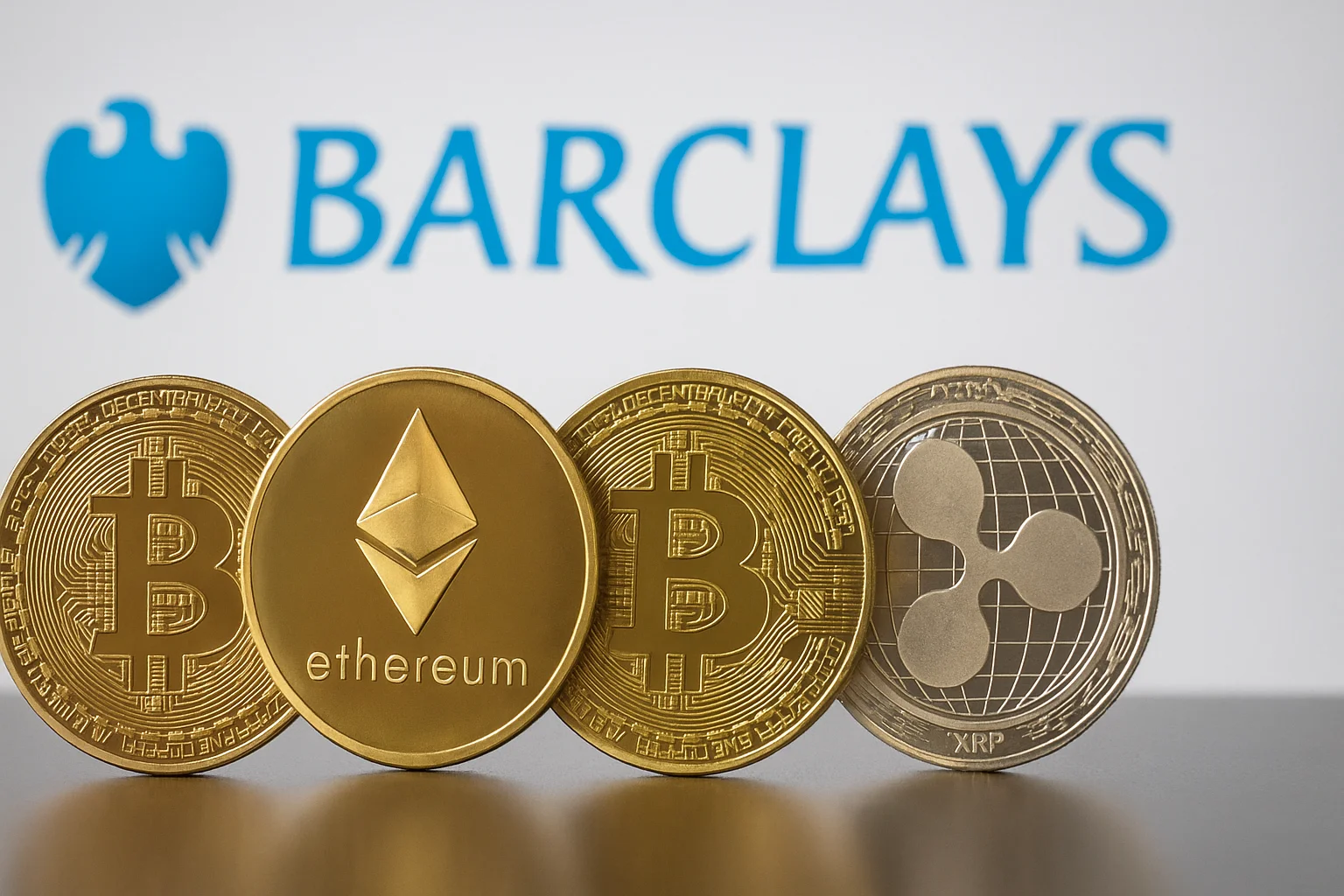Canada included a new bill to regulate stablecoins in its 2025 federal budget. The government aims to create a comprehensive framework for the secure, transparent, and consumer-friendly market entry of digital assets pegged to fiat currencies like the dollar.
Canada Takes Action on Stablecoins
According to the budget document, the new law will require stablecoin issuers to meet specific reserve standards, establish repayment policies, and establish risk management frameworks. It will also introduce additional measures to protect users' personal information and ensure the integrity of the system for national security. The document states, "This regulation will ensure the safe use of fiat-based stablecoins for both consumers and businesses."
With the enactment of the law, the Bank of Canada will be allocated a total budget of $10 million between 2026 and 2028 to manage this process. In subsequent years, regulatory costs will be covered by fees charged to stablecoin issuers. The government is also preparing amendments to the Retail Payment Activities Act to include payment service providers using stablecoins. This step aims to oversee digital payments and blockchain-based financial services under the same umbrella.
The Canadian Ministry of Finance and other agencies have reportedly held intensive discussions with industry representatives in recent weeks, particularly on how stablecoins will be classified and how to prevent potential capital flight to US dollar-backed tokens. However, details regarding the government's final stance on this matter have not yet been released.
The new regulation aims to encourage safe innovation in the digital asset ecosystem and ensure that the stablecoin market develops in line with the Canadian economy. This is expected to ensure that both individuals and businesses can safely access digital payment instruments.
Canada's move is part of a global movement towards stablecoin regulations. The US passed the GENIUS Act in July, which introduces comprehensive rules for dollar-backed cryptocurrencies. The European Union's MiCA regulation is already in effect. Japan and South Korea are also working on similar legal frameworks. According to market data, the global stablecoin supply stood at approximately $291 billion as of November 4, largely comprised of US dollar-backed tokens. Standard Chartered estimates that up to $1 trillion in deposits in developing countries could shift to US-backed stablecoins by 2028.




